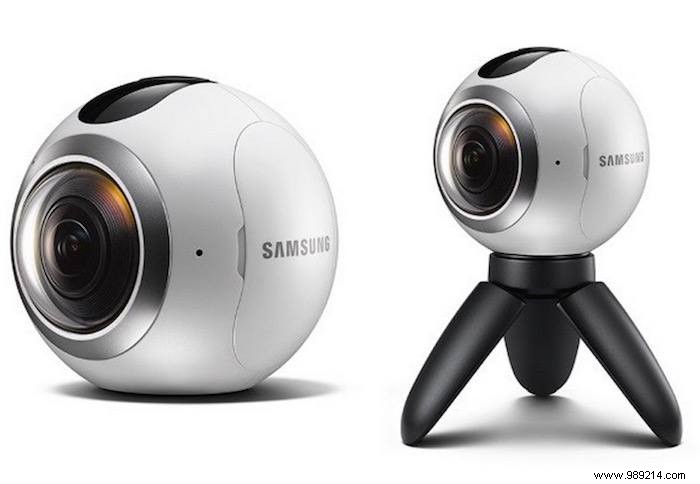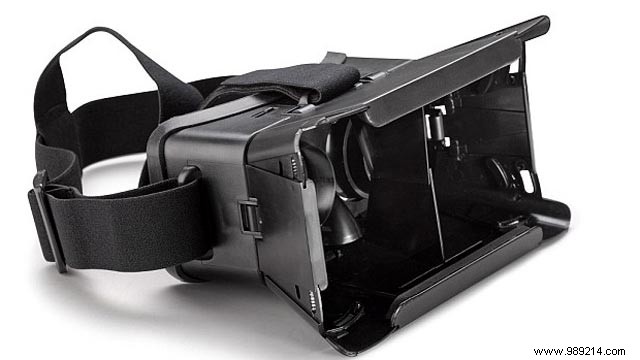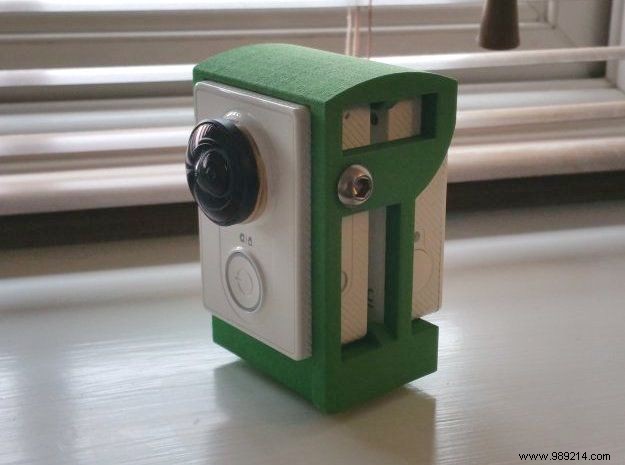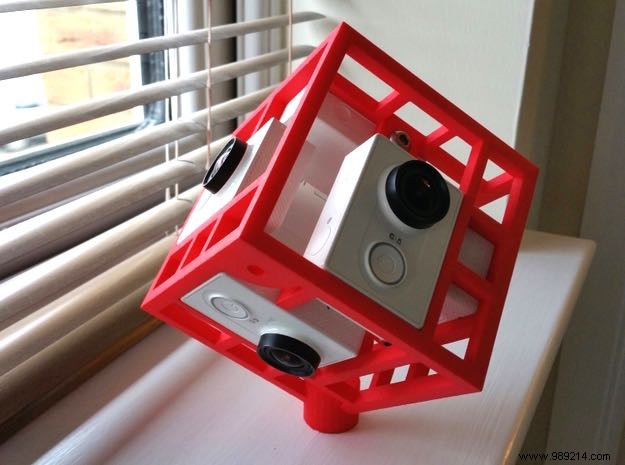Photography has changed so much and developed so rapidly over the past few years. Among the most recent and dynamic innovations is 360º photography. In this article, we'll walk you through everything you need to know about 360º photography (and of course video) and how you can get started with this amazing new imaging format.
SummaryPanoramic viewMultiple photos, one cameraMultiple cameras Unique imagesConclusionThere are basically two ways to create a 360º image:1) a single photo with an ultra-wide angle lens or a pair of lenses, and 2) taking lots of photos and stitching them together.
Lately a range of cameras have appeared with super wide angle lenses of 180º or more, which is a wider angle of view than you can even see with the human eye (in most people , it is about 160º-170º). Cameras like the Kodak SP360, for example, have a single super wide-angle lens on the top of the camera, rather than the front, and it shoots an incredible 360º horizontally and around 214º vertically. This means that information is missing at the bottom of the image where the camera body is.

Once you have taken photos or videos with these cameras, you can view them on a phone or computer. Obviously on a phone you can look around the image by moving the phone 360º, using the phone's internal accelerometers and gyroscopes to orient the image and allowing you to "look around" the 360º image .
It gets even more fun when you place the phone in a VR style headset so you can use your head to look around the image which is much more "immersive" as they say.

These are the simplest options, one or two 360º lens cameras. There are advanced options for dual-lens 360º imaging, such as the Brahma Duet from Brahma360.com, which uses a 3D printed platform, specially adapted lenses and special software to synchronize the cameras and stitch the real-time images.

The most professional way to create 360 images is to take multiple images with a single camera on a tripod and stitch them together with special software, like Hugin. It is very laborious work. You should take photos in a circle, rotating the camera and making sure all the photos overlap. It's very tedious and time consuming, which begs the question, why would you do it this way when you can do it with just one shot and one 360º lens?
For starters, the resolution of the finished image will be much, much higher than what's possible with a single 360º lens camera, and you can also do technical things like make 360º High Dynamic Range images for naturalistic lighting. 3D graphics (a topic we covered in this previous article).

The most advanced version of this technology involves having multiple action cameras in a 3D printed (or commercially produced) rig and stitching the photos together. The stitching is done with special software that also synchronizes the cameras to take the images at the same time. You can also use these platforms to create very high resolution VR videos.

360 photography is an amazing cutting-edge imaging technology and still being developed as we speak, although there are already plenty of commercial products from manufacturers jumping on the bandwagon. The most exciting and advanced area is, of course, the DIY multi-camera VR applications we covered earlier, but that's a larger and more professional topic outside the scope of this article that we may come back to another time. There are plenty of ways to get your hands dirty with 360 before you get that far.
As always, thanks for reading, and if you have any questions or comments, share them below.
Image credit:Wikimedia Commons